If asked, most soldiers would quote the birth year of the United States Army as 1775. Indeed, this is the date emblazoned on the Army Colors and the date always cited in connection with the "Army's Birthday." In truth, the roots of our Army date to the earliest colonization of America. In this anniversary season of the founding of Jamestown, it is important for all of us to remember that long before the official birth of the Army, the colonists in young America looked to a fledgling military for leadership, protection, and expertise.
In May, 1607, immediately after the settlers of Jamestown selected a site for their new colony, they focused their efforts on "contrive[ing] the Fort"and exploring the James River. The not-yet legendary Captain John Smith would lead the expedition to map the James while construction of the fort fell to those left behind.
The Englishmen faced a twofold threat to their infant colony:Old World adversary Spain strived to maintain hegemony over North America and settle old scores with freebooting English privateers while the local Native-Americans quickly proved less than friendly, giving the English settlers good reason to complete James Fort. According to Captain George Percy, by June, "we had built and finished our fort, which was triangle-wise, having three bulwarks at every corner like a half moon and four or five pieces of artillery mounted in them." This first fort, and those that would follow, served to protect the colony throughout its tumultuous start, ensuring long term survival of the Jamestown Colony.
Experienced military leaders and engineers proved so vital that by the first quarter of the seventeenth-century, the Virginia Company, the company chartered by the English Crown with the responsibility of settling the British lands in North America, required that each settlement, or "Hundred," established in North America have with it a military officer or lieutenant to see to the important military aspects of planting a colony. These first few "American Military Officers" paved the way for establishing local and colonial militias to provide for the defense of each of the thirteen original colonies which would eventually become the United States.
In 1637, the General Court of the Massachusetts Bay Colony adopted the English militia system which required all males, between the ages of 16 and 60, to possess arms for use in defense of the community. Although the date is lost to time, the first muster of one of these required regiments took place in Salem, Massachusetts. Today's Army National Guard draws its heritage from this first muster.
Long before June 14, 1775, when Congress authorized the American Continental Army, citizen soldiers served as leaders for the British colonial experience in North America. Their efforts protected vulnerable colonists from every conceivable threat; their advice built fortresses, roads and towns; their efforts shaped first their colonies and then our Nation.
The next time someone asks you how old is the Army, perhaps you would be better served to say, "400 Years, and Army Strong!"
Related Links:
USAMHI bibliography "COLONIAL WARS (1607 1775)"
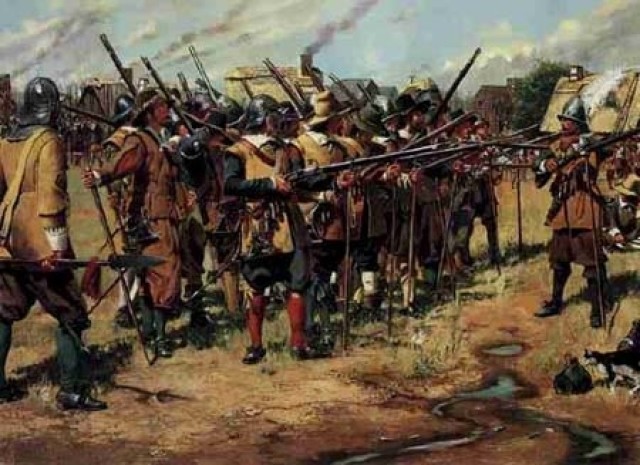


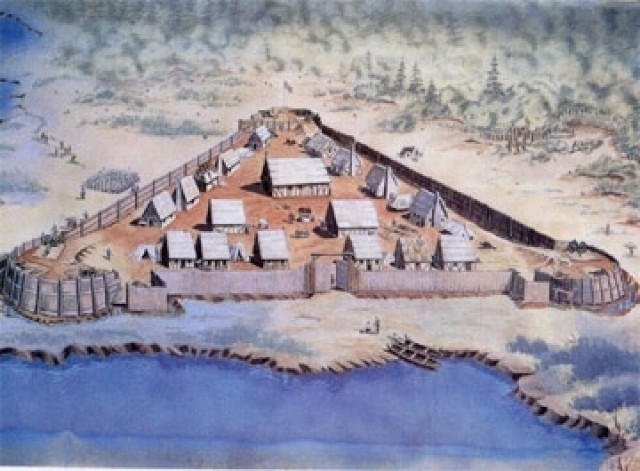
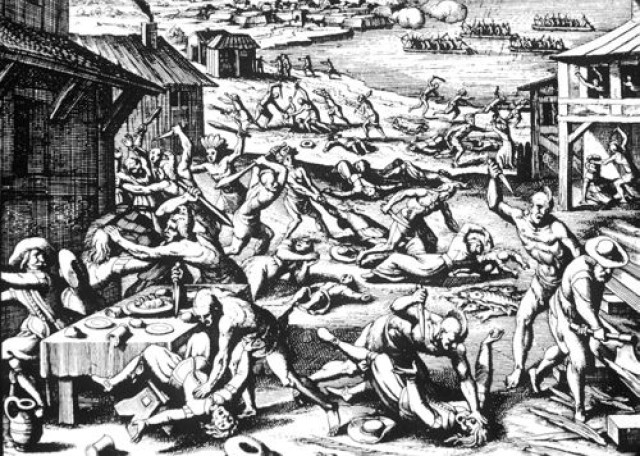
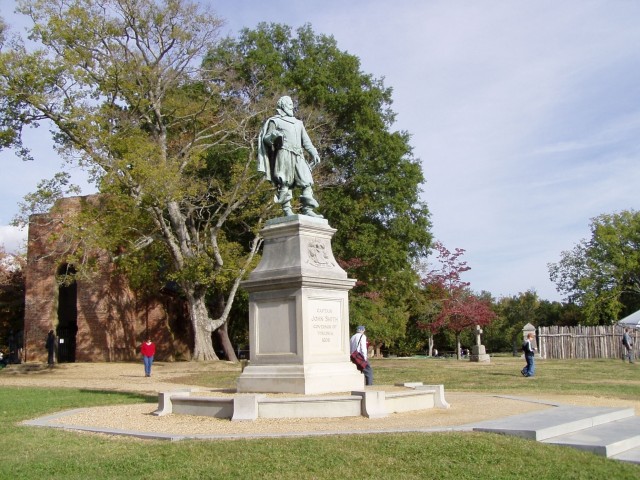

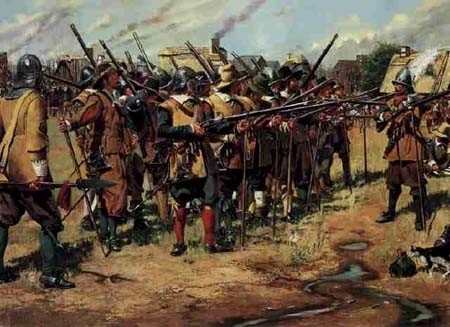



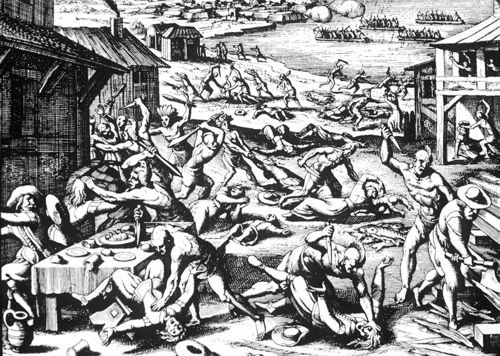
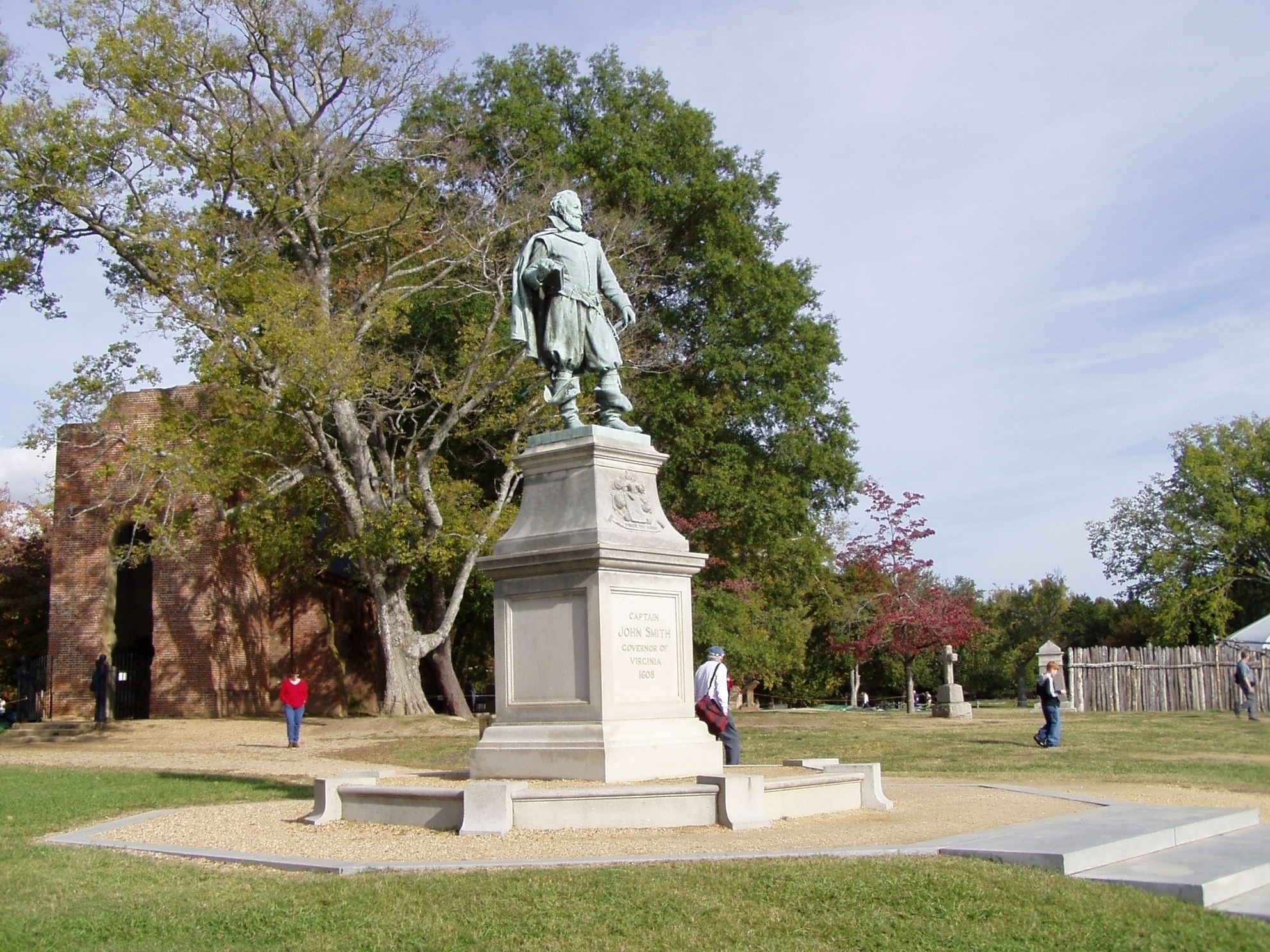

Social Sharing